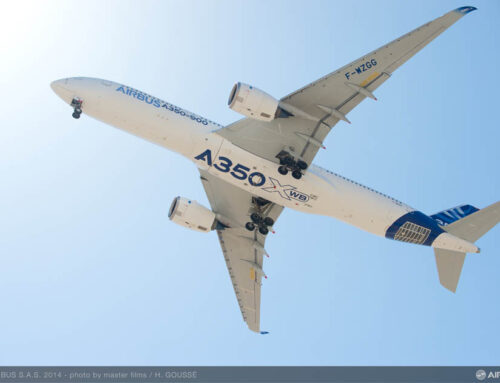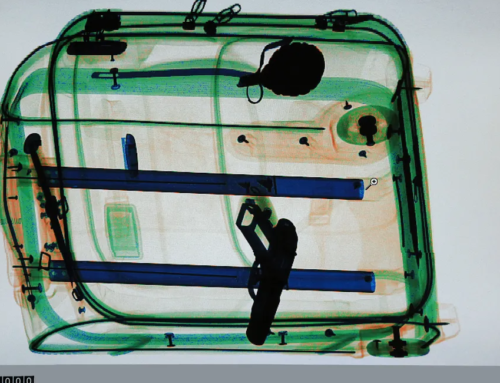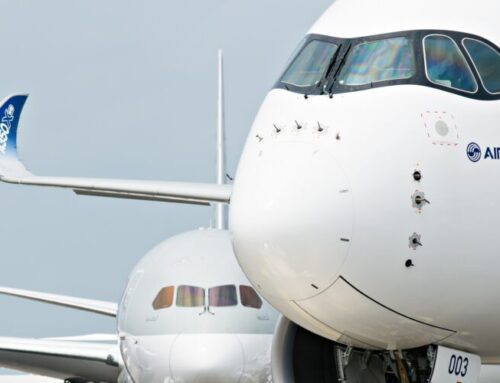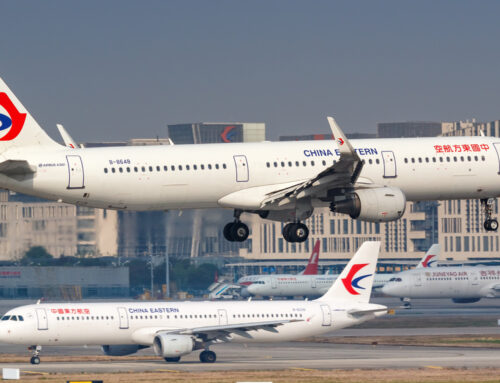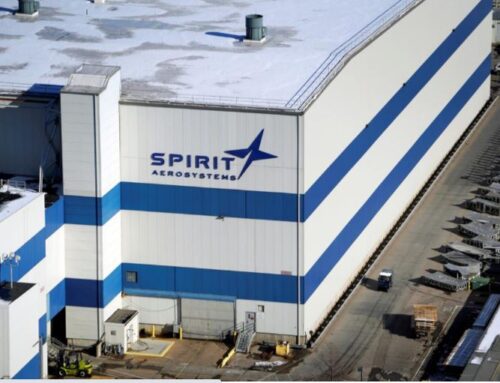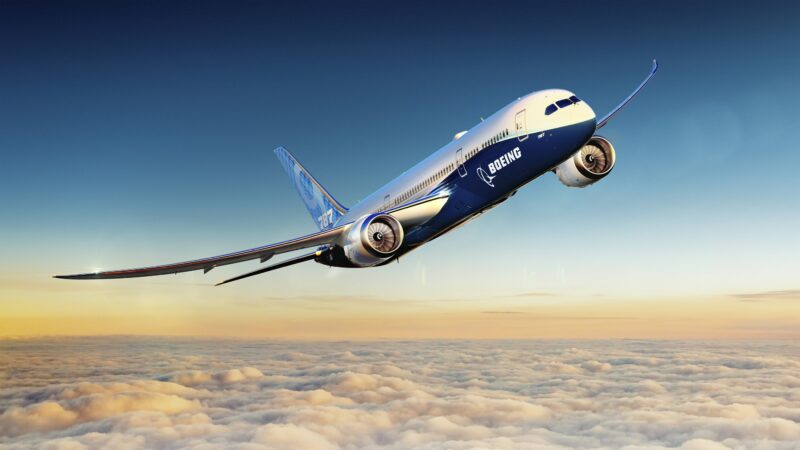
Recent incidents have cast a spotlight on Boeing, a company historically hailed for its engineering excellence, as it grapples with the consequences of prioritizing production speed over quality. This shift in focus has been linked to various problems, even after two fatal crashes that drew global scrutiny. Current and former employees, alongside aviation safety experts, have voiced concerns, highlighting a worrying trend within the company’s operations.
Troubling Incidents Point to Quality Issues
In a series of unsettling events involving the Boeing 737 Max, aircraft from Southwest Airlines, Alaska Airlines, and United Airlines experienced significant malfunctions shortly after delivery. These included automated system failures, issues with fire detection systems, and engine failures at high altitudes. While these incidents did not result in any harm and were not widely publicized, they underscore the persistent challenges Boeing faces in ensuring the quality of its aircraft.
Insights from Industry Experts and Boeing Insiders
Experts and insiders provide a bleak picture of Boeing’s internal processes, suggesting a culture of taking shortcuts and compromising on the meticulousness traditionally associated with aircraft manufacturing. Joe Jacobsen, an aviation safety expert with extensive experience at Boeing and the FAA, criticized the apparent lack of thoroughness in assembling planes. The narrative of prioritizing speed over quality is further supported by accounts from more than two dozen current and former Boeing employees, who have witnessed a dilution of safety redundancies and inspection rigor.
Boeing’s Response to the Crisis
In light of these issues, Boeing has announced significant leadership changes, including the departure of CEO Dave Calhoun and the retirement of Stan Deal, head of the commercial planes division. These moves signal the company’s intent to address its quality control and safety culture shortcomings. Boeing has also increased its focus on improving design and software, the areas most scrutinized after the Max 8 crashes. However, insiders suggest that manufacturing quality was a concern even before these accidents and remains an area in need of attention.
Quality Control and Workforce Challenges
Investigations and audits have revealed lapses in Boeing’s quality-control practices, including instances where parts were installed without proper inspection and mechanics were allowed to sign off on their own work. The reduction in workforce experience following pandemic-induced layoffs and retirements has exacerbated these issues, leading to a loss of invaluable expertise and a reliance on less experienced employees.
The Path Forward for Boeing
To regain trust and ensure the safety and reliability of its aircraft, Boeing is undertaking measures to enhance its quality control procedures and training programs. This includes increasing the number of quality inspectors and inspections per plane. However, the company faces a daunting task in addressing these systemic issues, which may impact its competitiveness and its relationships with airlines, potentially leading to a shift toward alternative manufacturers like Airbus.
As Boeing strives to rectify its operational and cultural issues, the aviation industry watches closely. The company’s ability to balance production efficiency with unwavering quality standards will be crucial in restoring its reputation and ensuring the safety of air travel.
Sources: AirGuide Business airguide.info, bing.com, nytimes.com

